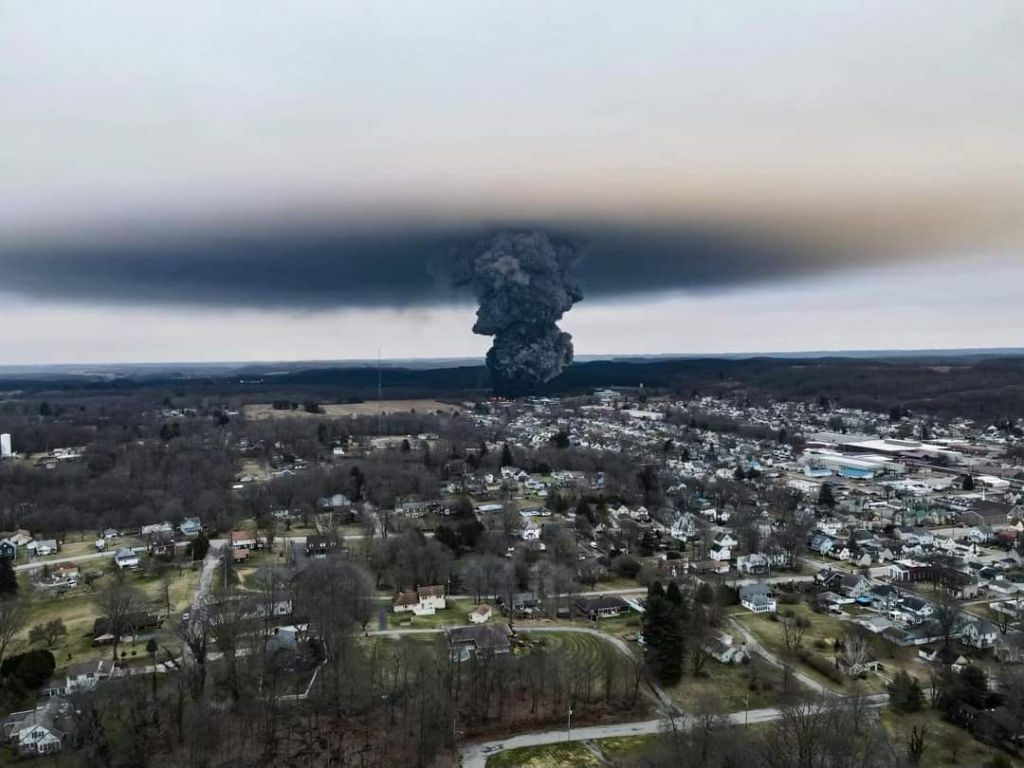Global chemical giants knew about the health dangers of dioxins DECADES before Vietnam
07/12/2018 / By Ethan Huff

Among the many horrors of the Vietnam War was the United States military’s spraying of Agent Orange, a highly toxic defoliant, throughout the rainforests of the South Pacific. This egregious military action resulted in countless injuries and deaths – its lingering effects still rearing their ugly head today in veterans who were exposed to it during their days in active service. And while the assumption has long been that nobody knew just how poisonous Agent Orange was until after the war had ended, we now know that its manufacturers were fully aware of the chemical’s extreme toxicity several decades prior.
It was November 17, 1953, to be precise, when a horrific accident took place at a German chemical manufacturing plant owned by Badische Anilin und Soda-Fabrik, also known as BASF. Dozens of workers came into contact with a substance known as 2,3,7,8-TCDD, a chemical dioxin compound similar to those found in Agent Orange, that resulted in “horrible skin eruptions with nearly blister-like welts and some ulcerations where infections ensued.” These eruptions occurred primarily on “the face, neck, arms, and upper half of the body” of those exposed, according to historical documents.
The problem persisted for more than a year, in fact, with many more workers developing horrible symptoms in response to the chemical that caused them to suffer conditions like insomnia, persistent dizziness, joint pain, and loss of libido. BASF scientists brought test rabbits into the facility to see how they would fare, and after just two weeks all of them died of liver failure. It was during this time that dioxins were first identified as a harmful byproduct of herbicide and pesticide production, typically resulting from the overheating of chemical compounds like trichlorophenol.
But rather than make this important information known, BASF, and later Monsanto, kept it a secret. Dioxins would continue to show up in Agent Orange and many other chemical pesticides and herbicides manufactured in the years that followed, resulting in many people, including soldiers who bravely put their lives on the line to serve the country, suffering serious health consequences and even death.
Monsanto knew BEFORE Vietnam that 2,4,5-T in Agent Orange was extremely toxic
It wasn’t just the toxicity of 2,3,7,8-TCDD that chemical companies kept a secret, either. A “confidential” letter sent by a Monsanto physician to someone from the Dow Chemical Company, dated June 24, 1965, clearly outlines “the extraordinary danger” of 2,4,5-trichlorophenol, a dioxin found in Agent Orange.
Revealed as part of the “Poison Papers” information release, the letter outlines “the extraordinary danger of … tetrachlorobenzodioxin,” a chemical in Agent Orange that for many decades following was sprayed on crop fields throughout the U.S. It wasn’t until the late 1980s that the chemical was finally banned – but by this point, so much damage had already been done that Agent Orange would go down in history as one of the worst “mistakes” in American history.
Except that it wasn’t actually a mistake, as the world’s largest chemical companies knew all along that dioxins were prolific in their products. But that hasn’t stopped them from continuing to produce products that contain them. There would also be many other incidents of dioxin exposure at chemical manufacturing plants as well, in which employees suffered serious adverse effects, in some cases leaving them permanently scarred as a result of this chemical violence.
Beyond just covering up the truth about dioxins, Monsanto in particular would go so far as to actually falsify studies about the “safety” of dioxins. A Monsanto medical doctor by the name of George Roush would admit under oath in 1985 that his employer manipulated data on dioxins to cover up the fact that they can cause cancer, for instance.
Be sure to check out the Poison Papers archive PoisonPapers.org.
Sources for this article include:
Submit a correction >>
Tagged Under:
Agent Orange, BASF, chemical violence, chemicals, corruption, coverup, deception, Dioxins, disease causes, fraud, lies, Monsanto, poison, Poison Papers, Suppressed, toxic chemicals, toxins, Vietnam war
This article may contain statements that reflect the opinion of the author
RECENT NEWS & ARTICLES
COPYRIGHT © 2017 PENSIONS NEWS





















